The Silent Form of Discrimination That Pushed Milwaukee Over the Edge
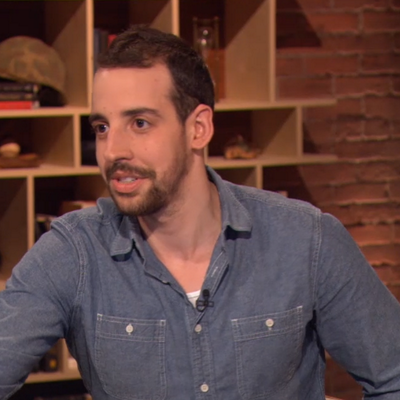
By:
In the week since a Milwaukee Police Department officer shot and killed Sylville Smith, prompting several nights of violent protest, a grim portrait of the economic prospects facing the city's black residents emerged.
A widely-cited National Urban League report from May shows that Milwaukee has the largest unemployment disparity between blacks and whites of any urban area in the country: 17.3 percent for blacks, compared to just 4.3 percent for whites.
That statistic, along with the city's staggering incarceration rate, racial segregation, and income disparity, provide the context for the upheaval that followed in the wake of Smith's killing.
However, there's a less discussed figure that shows just how deeply entrenched Milwaukee's economic inequality has become — 30,923.
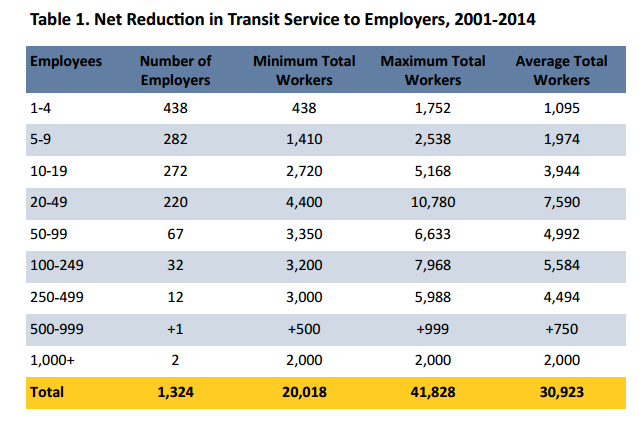 University of Milwaukee - uwm.edu
University of Milwaukee - uwm.edu
The number comes from a University of Wisconsin report titled Public Transit and Access to Jobs in the Milwaukee Metropolitan Area, 2001-2014, and it's a rough estimate of the number of jobs that have been cut off from public transportation access since the turn of the century.
According to the UW report, a pair of simultaneous trends led to this significant portion of potential workers being cut off from jobs.
First, jobs moved out the city of Milwaukee, where 91 percent of the region's black people live, to the predominantly white suburban counties of Waukesha, Ozaukee, and Washington.
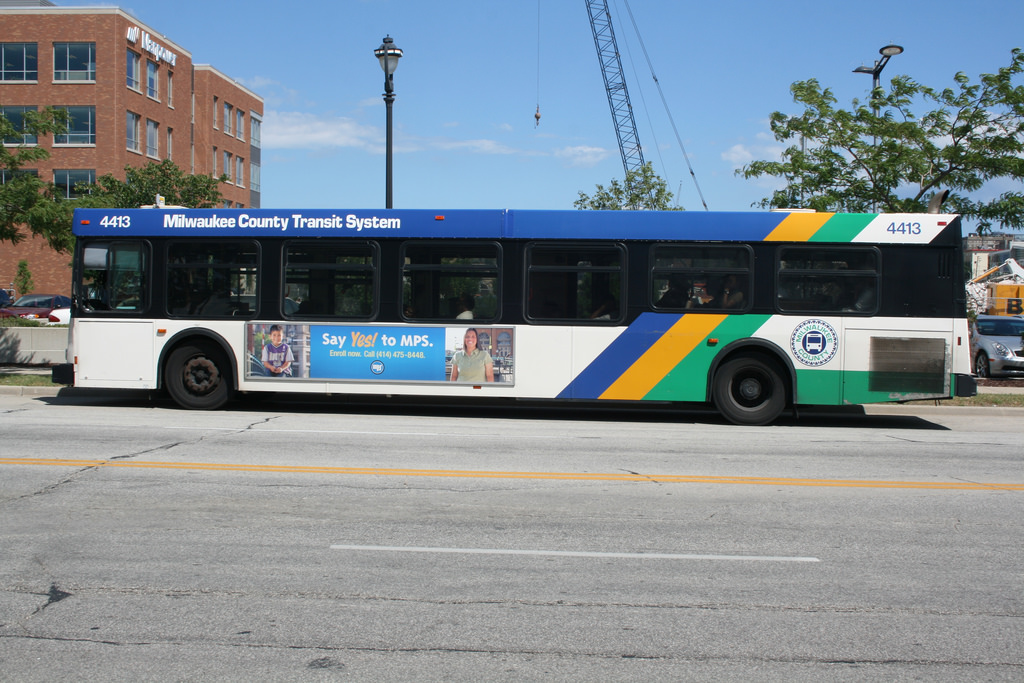 Jeramey Jannene / Flickr - flickr.com
Jeramey Jannene / Flickr - flickr.com
"In 1970, 56 percent of the region’s workers were employed in the city of Milwaukee, while only 18 percent worked in the WOW counties. By 2011, Milwaukee and the WOW counties were even, with 34 percent of regional workers each," the UW report states.
As the jobs moved further away, the public transportation lines to region's suburban counties were cut. Once again, per UW "1,324 fewer employers are served by transit today than would be the case if the transit system of 2001 were currently in place."
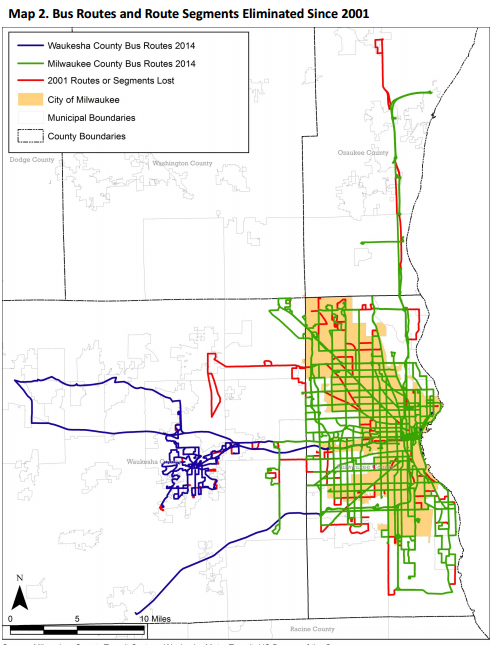 University of Wisconsin - uwm.edu
University of Wisconsin - uwm.edu
Why did this happen?
Nick DeMarsh, a volunteer organizer for the Milwaukee Transit Riders Union, laid the blame on deep cuts to government spending on public transportation projects.
In particular, DeMarsh cited Gov. Scott Walker's tenure as Milwaukee County Executive, which ran from 2002 to 2010.
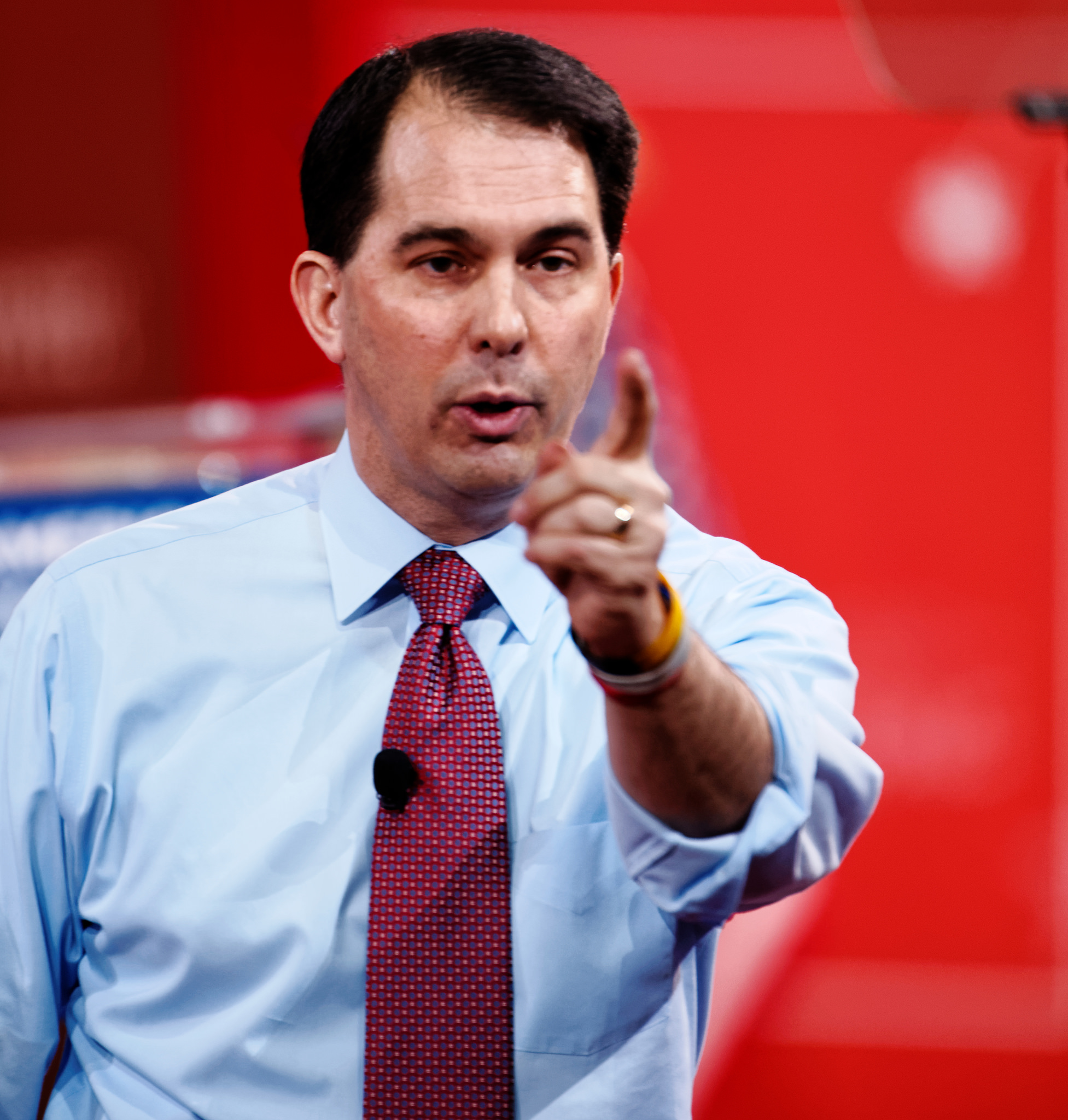 Michael Vadon / Flickr - flickr.com
Michael Vadon / Flickr - flickr.com
"Transit, above all other areas of public service, was the single greatest target of his policies," DeMarsh told ATTN:. "The cuts to public transit services during his tenure led to service cuts and fare increases, often in the same year. We had a transit services that got worse and worse, and that cost more."
When Walker made the move from county executive to governor in 2010, one of his first moves was to reject $810 million in federal funding for a high-speed rail project, arguing that the state would get caught footing the bill for the project's upkeep.
DeMarsh said passing on the rail line, which would have provided service stops to the suburban counties between Milwaukee and Madison and provided manufacturing jobs within the city, was a lost opportunity.
"When Walker turned away the funding, he not only turned away transit access, he also turned away private manufacturing jobs within the city’s core," DeMarsh said. "We had an opportunity to offer a glimmer of hope. Walker sent that glimmer of hope away."
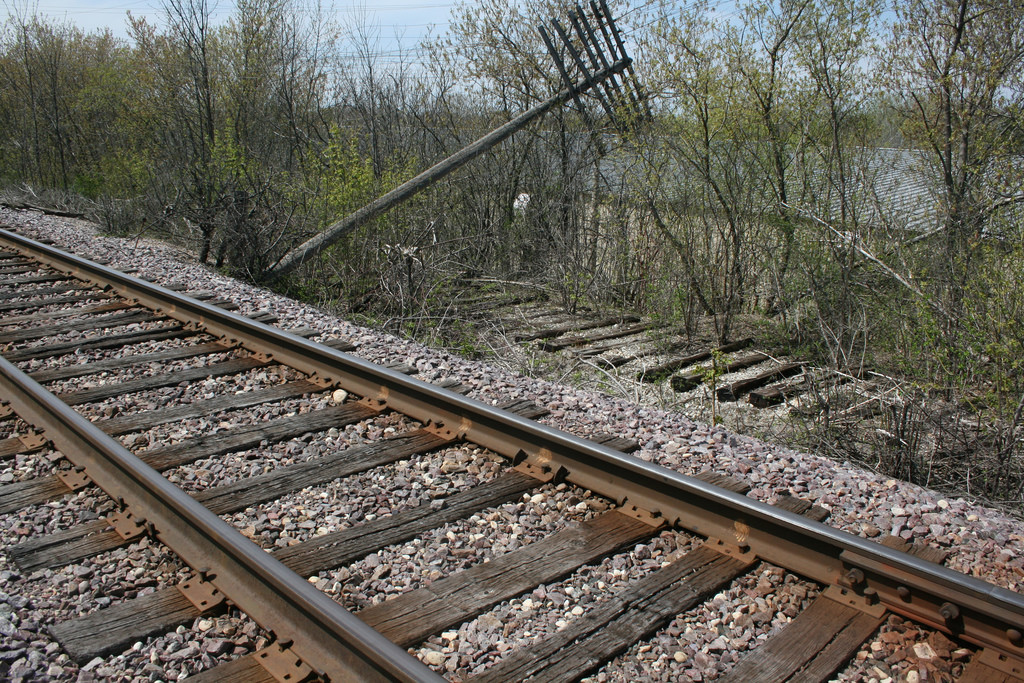 Jeramey Jannene - flickr.com
Jeramey Jannene - flickr.com
DeMarsh was quick to point out that Walker alone wasn't responsible for the lack of investment in the region's public transportation infrastructure. He noted that his Democratic predecessor, Gov. Jim Doyle, vetoed a .65 sales tax that would have funded buses and public safety projects.
"Young people basically see the only option and opportunity for jobs is whatever is available within the city, and it’s not much," DeMarsh said. "What options do we have? We’re being denied any options to create jobs in the city, and any access to jobs in the suburban area. It’s a clear case where something was just bound to happen."
